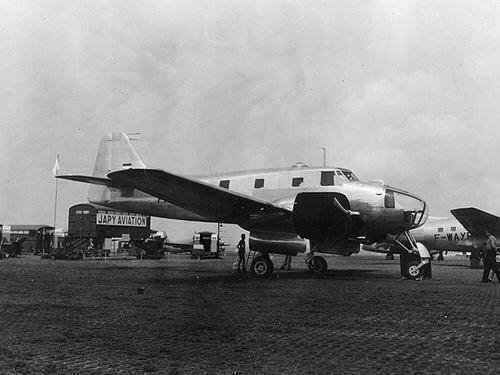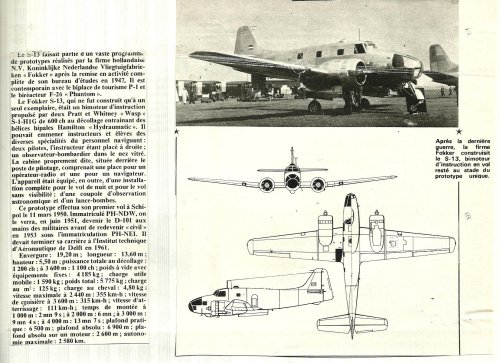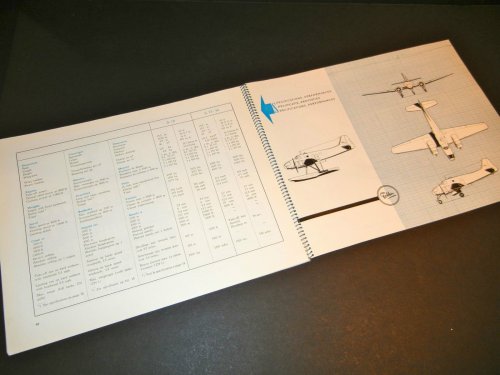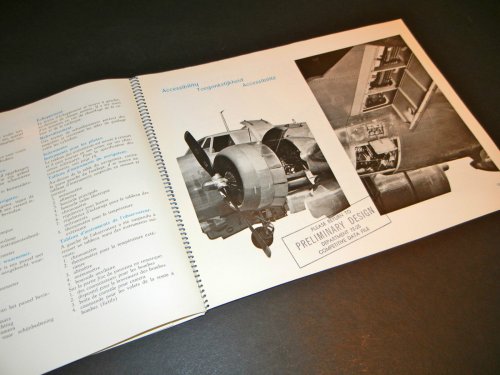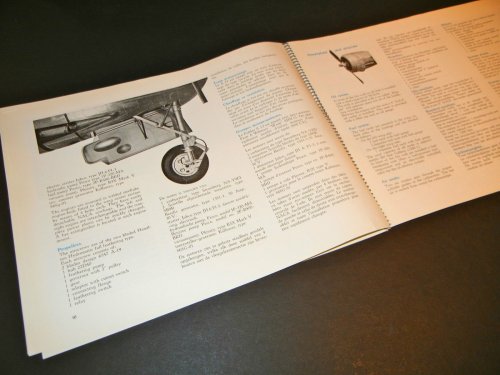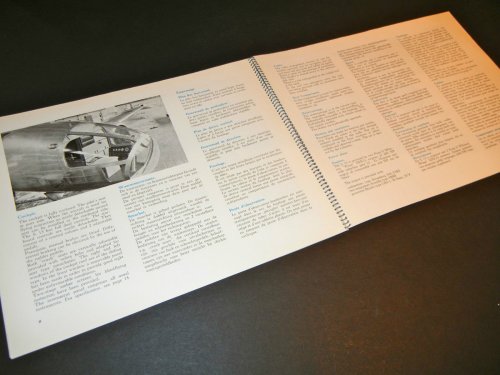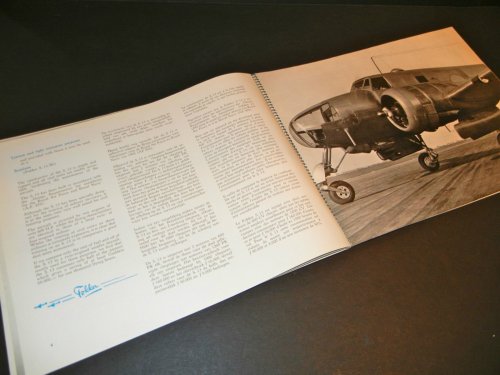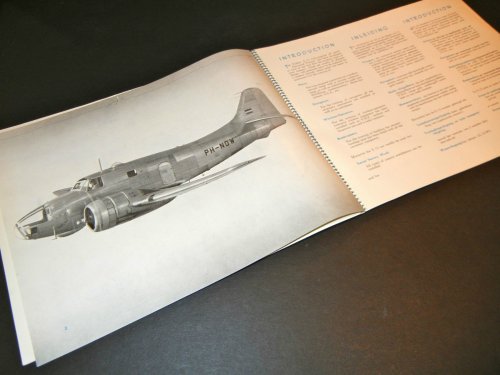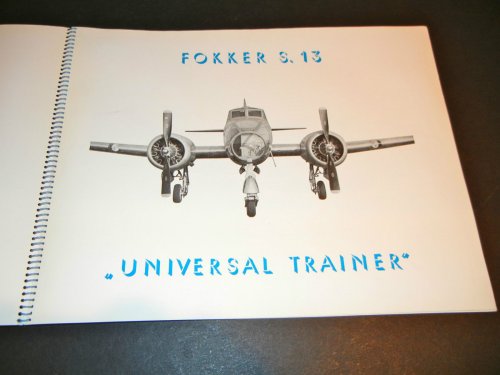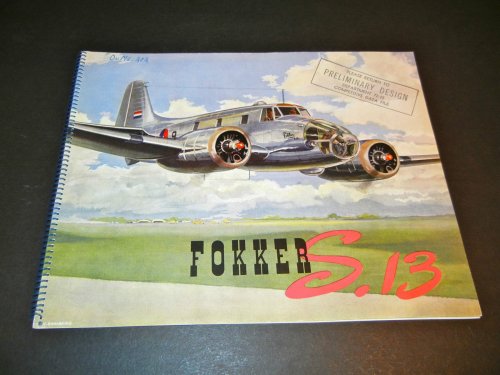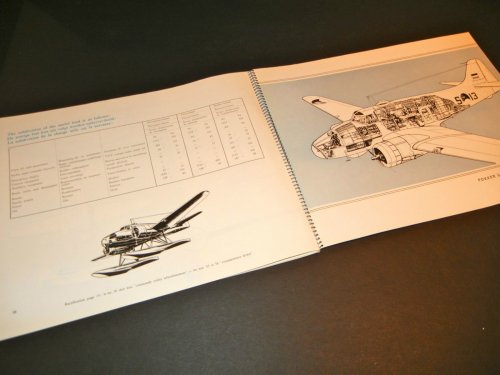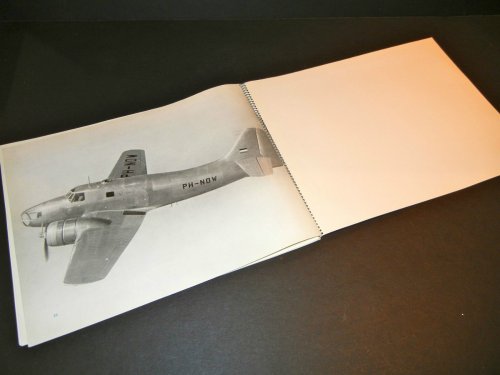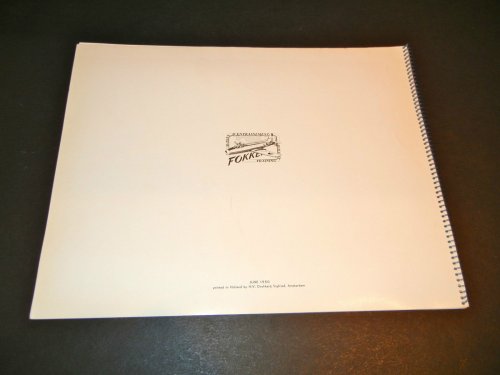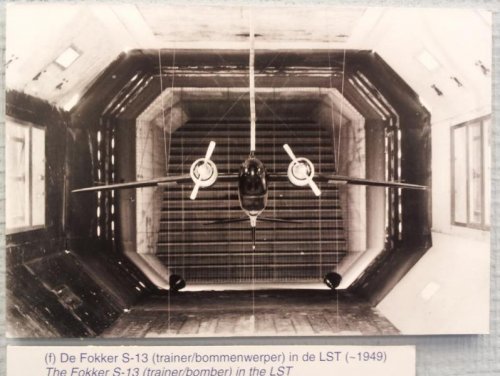received this picture. aircraft seems to be French. nose looks similar to that of an AT-11 Kansan. it seems to be some sort of crew trainer. that building with Japy Aviation may give a clew, but a google and a secretprojects search gave no hint of the aircraft.
You are using an out of date browser. It may not display this or other websites correctly.
You should upgrade or use an alternative browser.
You should upgrade or use an alternative browser.
Fokker S.13 « Universal Trainer »
- Thread starter kenneth
- Start date
- Joined
- 6 November 2010
- Messages
- 4,225
- Reaction score
- 3,152
Fokker S.13 Universal
Mid-fifties crew trainer, one built, didn't find any customers.
In 2009 fuselage nose was spotted on the Dutch island Texel, on loan to the Texel aircraft museum.

Image caption:
I'm trying to find more documentation on this aircraft, but this is all a quick search unearthed.
Mid-fifties crew trainer, one built, didn't find any customers.
Source: http://members.home.nl/doewe.pel/fokkers13.htmlFokker S.13 "Universal Trainer"
Operation period 1956 - 1960
Registration: s/n: Previous: Became: Status:
PH-NEI 6288 PH-NDW, D-101 PH-NEI cockpit in museum
From the Fokker Aircraft Company and in the period 1956-1960 used for navigation-training.
In 2009 fuselage nose was spotted on the Dutch island Texel, on loan to the Texel aircraft museum.
Image caption:
From the Fokker Aircraft Company and in the period 1956-1960 used for navigation-training.
Fokker S-13 'Universal' trainer. Only one was built and registered PH-NEI, although it carried a military serial D-101 and RNLAF markings. During the floodings of 1953 it operated out of Valkenburg AB as a photoreconnaisance aircraft. Only this cockpit section and the tailsection remain, the latter is stored at the Aviodrome museum. No sales were ever announced, as the United States offered Beech18 almost for free under the MDAP.
I'm trying to find more documentation on this aircraft, but this is all a quick search unearthed.
C
CostasTT
Guest
The photo was taken in 1951, at the Paris Air Show, I might add.
http://kammphoto.blogspot.gr/2011/02/french-delicacies.html
http://kammphoto.blogspot.gr/2011/02/french-delicacies.html
- Joined
- 6 November 2010
- Messages
- 4,225
- Reaction score
- 3,152
The Texel museum's text with their exhibit:
Translation:Bouwjaar: 1950
Motoren: 2x Pratt & Whitney Wasp, Type S1H1-G
Vermogen: 2x 600 pk
Snelheid: 355 km/u
Kruissnelheid: 315 km/u
Landingssnelheid: 111 km/u
Plafond: 6700 m
Vliegbereik: 2000 km
Afmetingen:
- spanwijdte 19.20 m
- lengte 13.60 m
- hoogte 5.50 m
- vleugeloppervlak 46 m2
Gewichten :
- leeggewicht 4185 kg
- vlieggewicht 5775 kg
Constructienummer: 6288
Het vliegtuig is ontworpen als lesvliegtuig voor de opleiding van bommenrichters, navigators, boordschutters, radiotelegrafisten, waarnemers en piloten om ervaring op te doen met twee- of meermotorige vliegtuigen.
De luchtmacht koos echter voor de Beechcraft, die door de Amerikanen geleverd werd.
Zodoende is er enkel een prototype van de S.13 gebouwd. De Fokker S.13 is in februari 1953 gebruikt om de watersnoodramp in kaart te brengen en er werd voedsel me gedropt voor de dieren die in het water stonden.
De Marine Luchtvaartdienst heeft het toestel ook nog gebruikt als sleepvliegtuig van schietdoelobjekten.
Het toestel is later gebruikt als studieobjekt voor adspirant vliegtuigconstructeurs en is daarbij dusdanig gedemonteerd dat slechts het rompvoorstuk is overgebleven.
Enige enthousiaste oud-Fokker medewerkers hebben dit deel, met behulp van de Fokker Bedrijfsschool, in 1994 gerestaureerd en nu wordt het als museumstuk bewaard voor ons nageslacht.
Year of construction: 1950
Engines: 2x Pratt & Whitney Wasp, type S1H1-G
Power: 2x 600 hp
Speed: 355 km / h
Cruising speed: 315 km / h
Landing Speed: 111 km / h
Ceiling: 6700 m
Range: 2000 km
Dimensions:
- wingspan 19.20 m
- length 13.60 m
- height 5.50 m
- wing area 46 m2
Weights:
- empty weight 4185 kg
- max TO weight 5775 kg
Construction number: 6288
The aircraft is designed as a trainer for training bombardiers, navigators, gunners, radio operators, observers and pilots to gain experience with twin- or multi-engine aircraft.
However, the [Royal Dutch] Air Force chose the Beechcraft [18], which was supplied by the Americans.
In consequence, only a prototype S.13 was built. In February 1953, the Fokker S.13 was used to map the [1953 Zeeland] flood and dropped food for livestock in flooded areas.
The Naval Air Service also used the aircraft as a tow plane for gunnery targets.
The aircraft was later used as a study object for aspiring aircraft designers, during which it was dismantled to such an extent that only the front fuselage is left.
In 1994, some enthusiastic former Fokker employees restored this part, with assistance from the Fokker Business School, and now it is preserved as a museum piece for posterity.
- Joined
- 25 June 2009
- Messages
- 13,767
- Reaction score
- 3,023
Correct name of the S.13 was Universal Trainer, as evidenced by the following June 1950 brochure, the pictures of which I downloaded from eBay a while ago.
Attachments
Similar threads
-
-
Jaffe Aircraft - SA-32T turboprop military trainer
- Started by fightingirish
- Replies: 2
-
Atlantic Fokker/General Aviation model designations
- Started by Stargazer
- Replies: 0
-
-
Ryan Model 59 'Primary Phase Jet Trainer' (1952)
- Started by Stargazer
- Replies: 6

